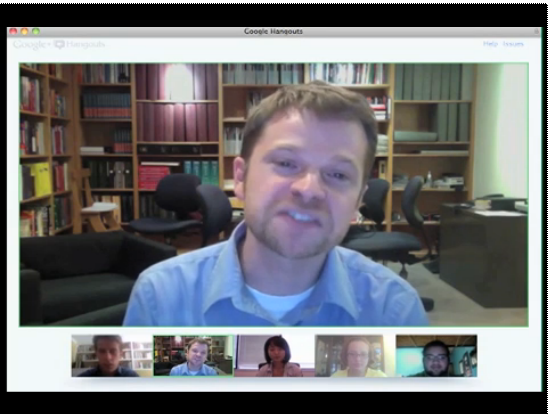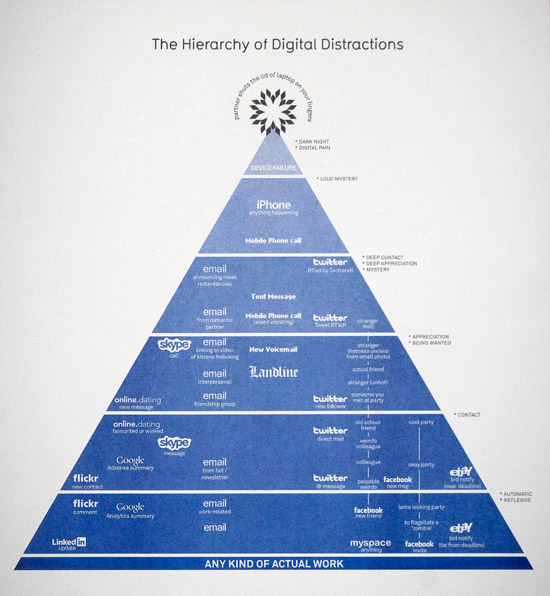What do you do(odle)?
I came across this wonderful Sunni Brown video today about the power of doodling in formulating and refining ideas. As a perennial doodler, I feel validated. As a teacher, I feel challenged. How do I usually react to a student who is doodling in class? (How do you?) Do I ever celebrate the doodle or even ask about it? I tend to use the old favorite “ignore it if it is not disturbing anyone” tactic when I see elaborate scribbles where student notes are supposed to be. A less doodle-tolerant teacher might say that doodle laissez-faire will allow the student to discover the logical consequences of his/her inattention. As a more visual/artistic person, I secretly delight in seeing original cartoon figures and 3D graffiti in notebook or handout margins. But I honestly have never celebrated them as visual representations of thinking related to what we are discussing in class.
 I wonder whether the student who draws would be willing/able to share about what he was thinking, perhaps on an illustrated blog post or Voicethread. I wonder what would happen if we posted the images on a class wiki, or collected many on Wallwisher or a bulletin board and asked others for their reactions. I also wonder whether seemingly UNrelated doodles actually would help the artist retell or explain a concept that was in his/her auditory space while he/she was drawing.
I wonder whether the student who draws would be willing/able to share about what he was thinking, perhaps on an illustrated blog post or Voicethread. I wonder what would happen if we posted the images on a class wiki, or collected many on Wallwisher or a bulletin board and asked others for their reactions. I also wonder whether seemingly UNrelated doodles actually would help the artist retell or explain a concept that was in his/her auditory space while he/she was drawing.
Fast forward to a faculty meeting (or dreaded, day-long inservice). My agenda pages are always filled with doodles. When I pull them from the file folder months later, I look at the doodles and their relationship to the text, and I remember what I was thinking. This video says we each progress through various developmental steps as doodlers, though at different rates. Surely the doodle-to-reenact-thinking level is a one we would like our students to achieve. But first we must allow and respect the doodle, and make it clear that we expect doodlaccountability. Leave a little more white space. Ask about doodle meaning. Respect and share the doodle. Maybe even frame a few. Oh, and start paying attention to what you do(odle). We all might learn something.





 every American.
every American.





